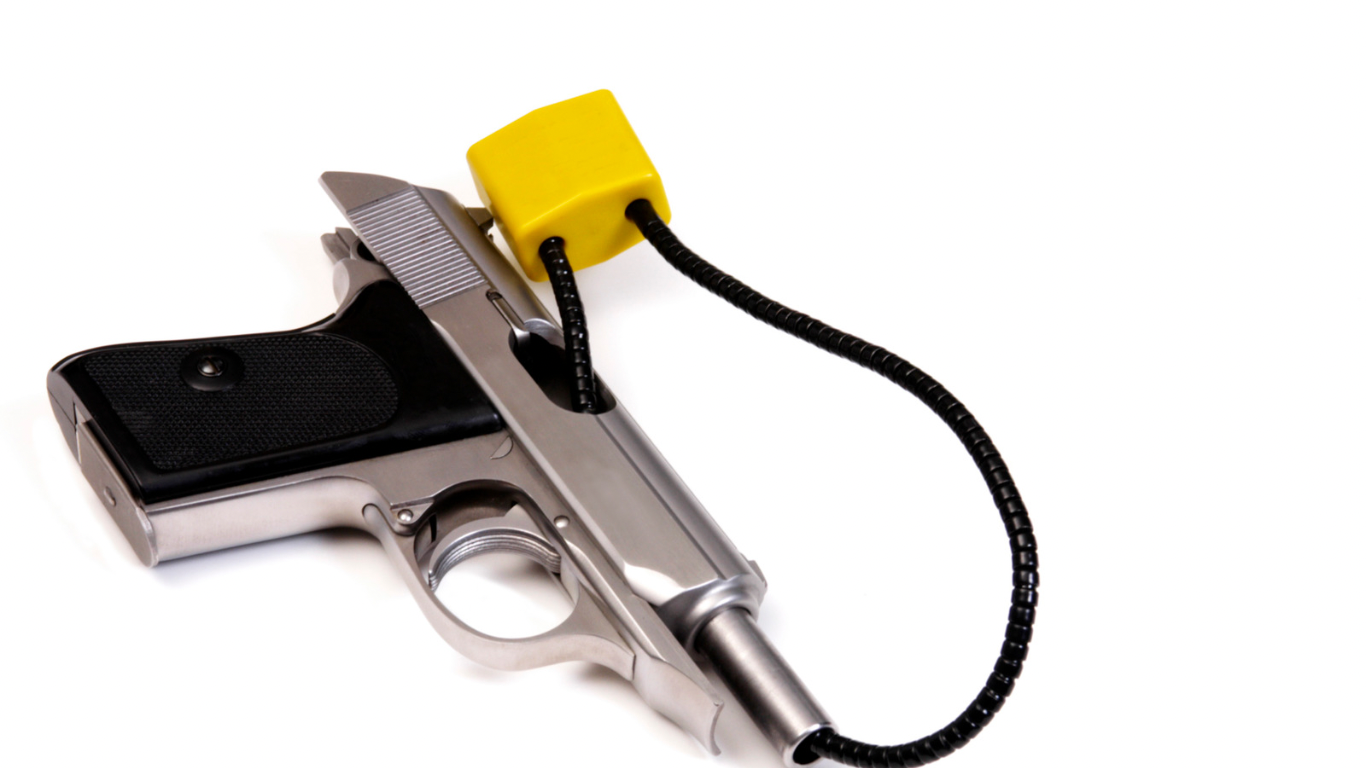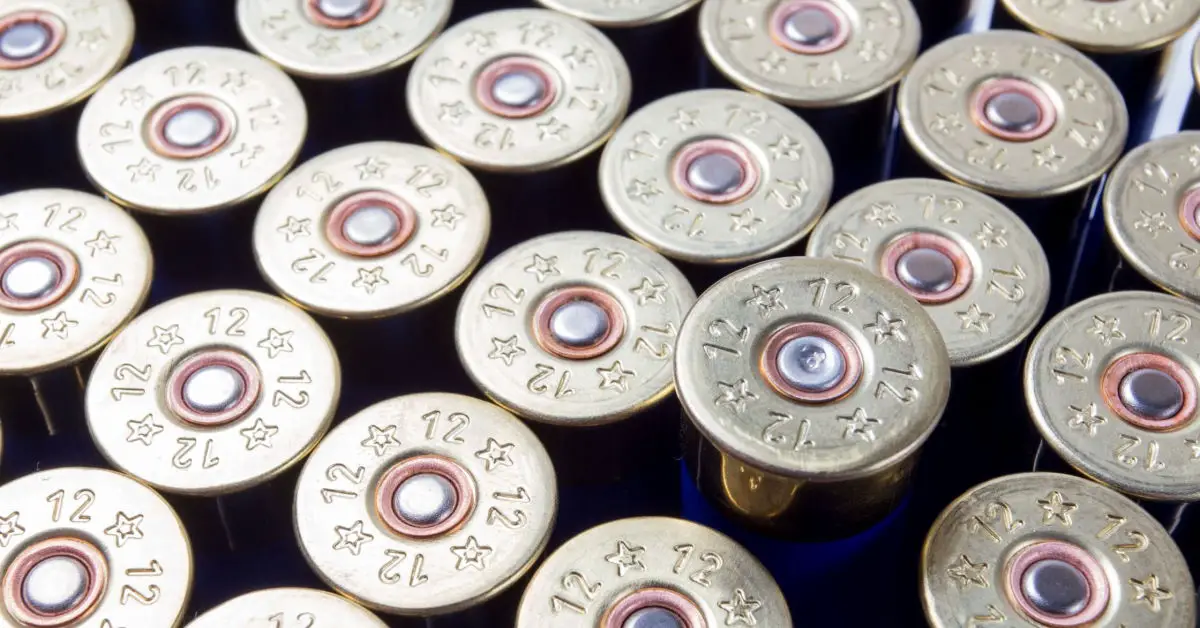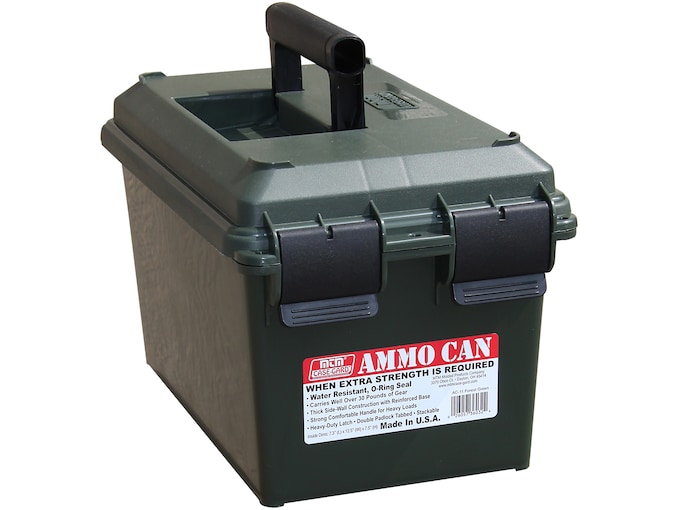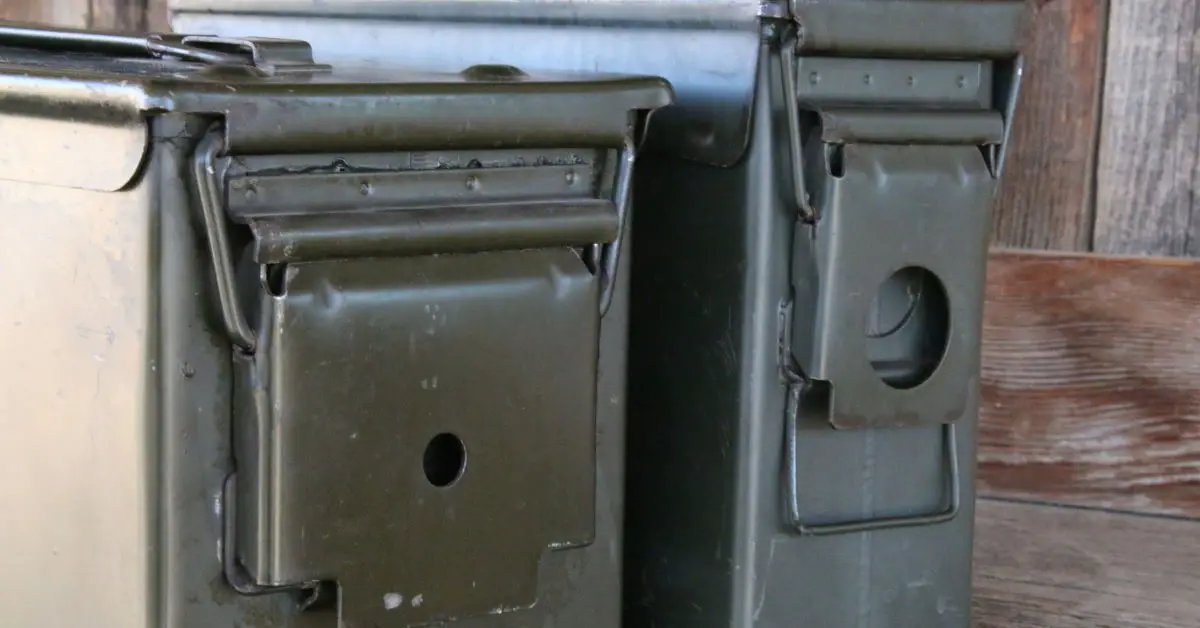Naval warfare has been an integral part of human history. Since the dawn of human civilization, people have been building ships and marking new territories. With history, the most critical element of shipbuilding was weapons. A ship’s weapon capability determined success or failure in battle. Early naval battles were primarily fought using primitive weapons such as slings, rocks, and javelins. Later on, as technology developed, ships became armed with more advanced weapons, which greatly influenced the outcome of naval battles. In this post, we are going to take a look at the history of shipboard weapons and how they evolved over time.
Ancient Shipboard Weapons
Early shipbuilders used primitive weapons such as throwing spears and stones. The Greeks were the first to use advanced weapons. Alexander the Great equipped his ships with bronze ramming bows and ballistae, which could hurl large projectiles at enemy ships. The Romans later adopted the technology and developed a ship weapon known as the “rostrum,” which was a metal ram attached to the bow of Roman hexaremes. It was so effective that many conquering nations sought to mimic Roman shipbuilding.
Viking Shipboard Weapons
The Vikings were known for their exceptional shipbuilding skills and their fearlessness in battle. The Viking longship was a weapon in itself, with its ability to travel far and fast. Viking ships were also equipped with iron-tipped spears, axes, and swords. The Viking warriors, known as “berserkers,” were fierce fighters who often took valuable enemy prisoners for ransom.
Renaissance Shipboard Weapons
During the Renaissance era, shipbuilding became more advanced, and weapons became more diverse. One of the most potent weapons was the cannon, which was introduced on ships during the 16th century. The cannon armored ship gave its crew the upper hand in battle. Shipbuilders also began adding multiple decks to the ship, allowing for more crew and more powerful weapons.
Modern Shipboard Weapons
Technology has significantly advanced the weaponry onboard ships in modern times. Ships now carry a variety of rockets, torpedoes, and missiles. The U.S Navy has developed the Tomahawk cruise missile, which can be launched from ships and submarines for precision strikes against enemy targets. Onboard guns such as the Phalanx CIWS and the Mk 45, provide close range self-defense against missiles, enemy boats, and aircraft. The latest ships are equipped with autonomous weapons systems that can target and attack enemy ships with little or no human intervention.
Conclusion
The history of shipboard weapons is fascinating. As technology advanced, the weapons used on ships have become more advanced and more powerful. The development of cannon technology was a significant turning point in the history of naval warfare, and the adoption of autonomous weapons systems is promising to be the next chapter. As we move forward, we can expect to see more innovation in shipboard weapons technology, ensuring that naval warfare remains a vital part of human history.






